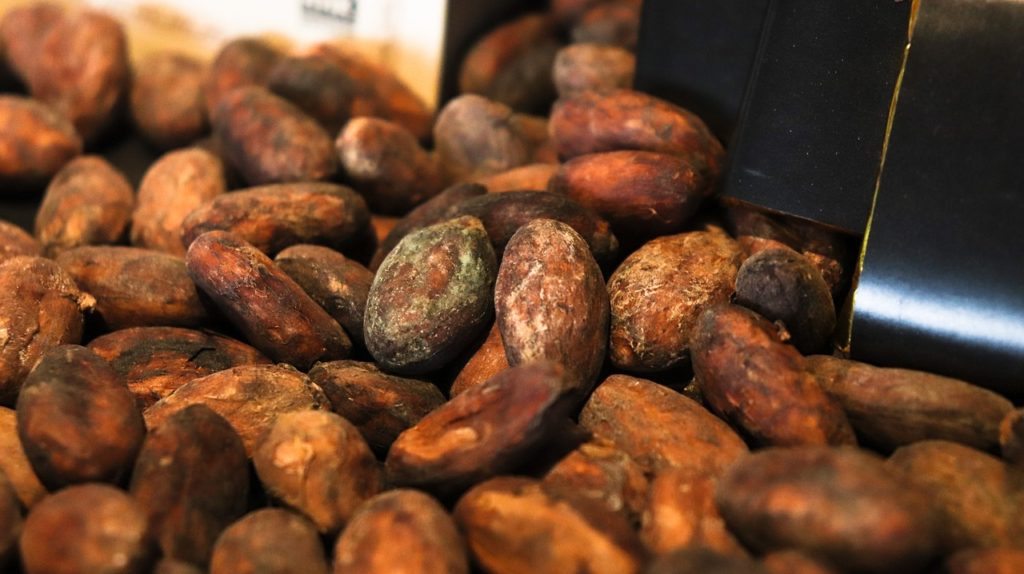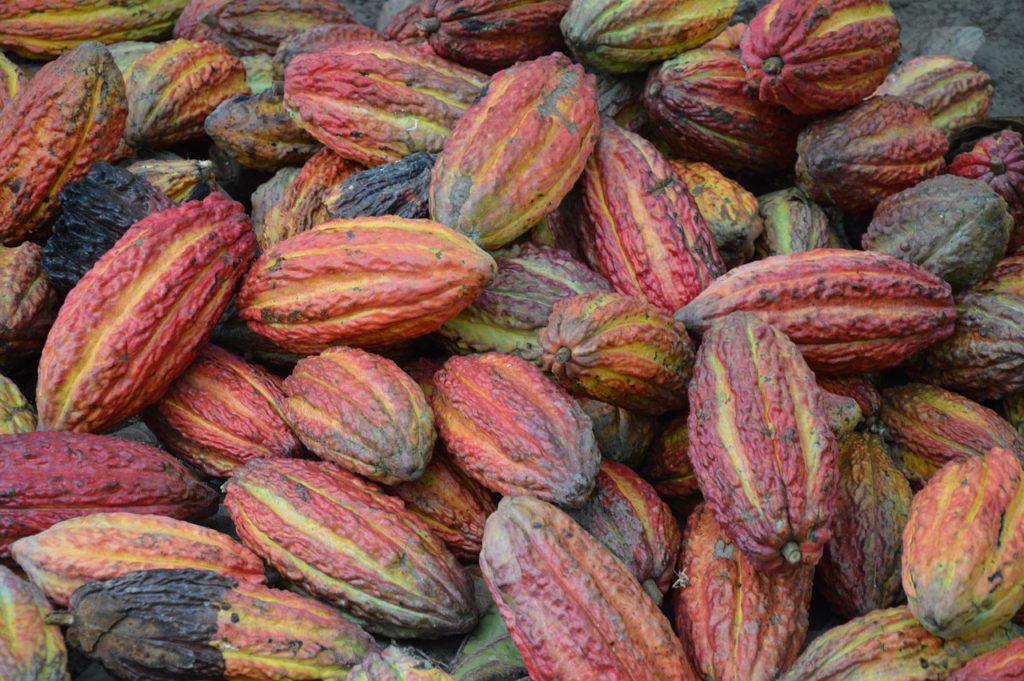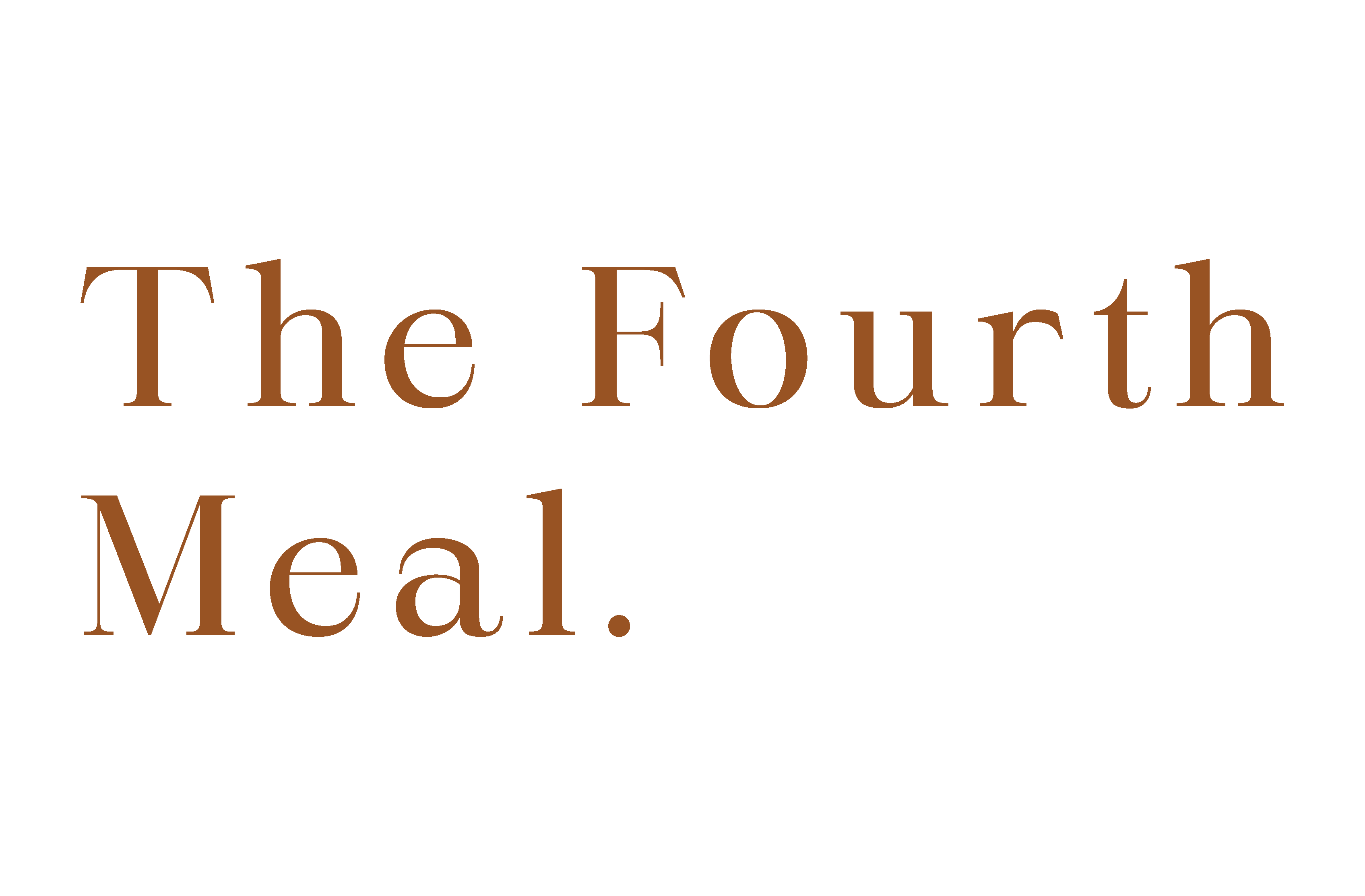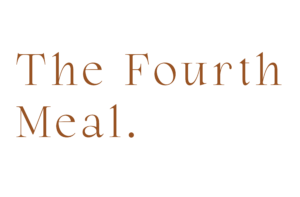THE DARK HISTORY OF CHOCOLATE
Named Theobroma Cacao Linnaeus by Swedish botanist Carl Von Linne
We don’t really know when it was discovered, but that mans’ love for cacao began in the Southern regions of Mesoamerica which today covers the Mexican state of Michoacán, Veracruz, State of Mexico, Morelos, Guerrero, Pueblo, Oaxaca, Tabasco, Territories of Guatemala, Belize, Honduras, Nicaragua & Costa Rica, etc.
Early natives of Central America discovered only a handful of beneficial uses for cacao, the fleshy part was used for food & Drink and the outer shell as medicine.
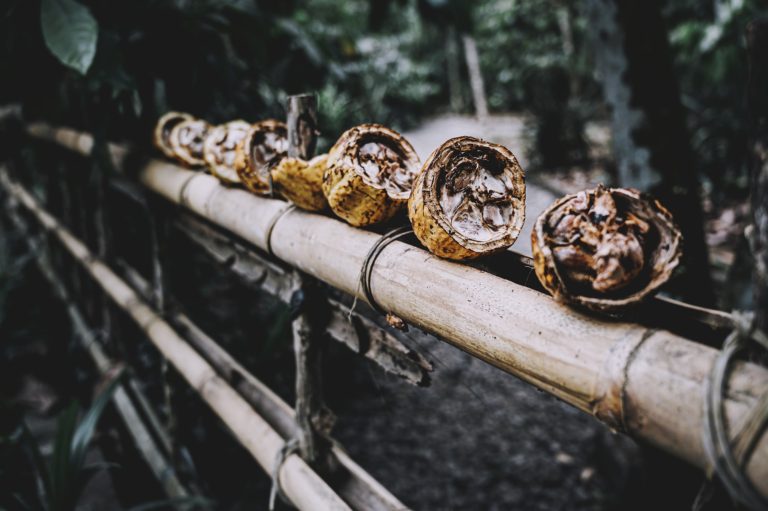
The Maya
- The Maya were the first of the natives to adapt the cacao plant into their culture. The fleshy part of the bean represented the heart and the drink made from it was recognised as its blood, both necessary elements in maintaining the equilibrium of the cosmos.
- Like the Toltecs & Aztecs, they believed cacao was food for the gods & that it came from a divine source, therefore it was controlled by powerful priests.
- One of of the most important uses for cacao was to ask the gods rain by burying them in the 4 corners of the region.
The Aztec (people of the 5th sun)
- Conquered the Maya in their quest for expansion
- Adapted Cocoa as a symbol to remind themselves of their Chichimecan origins
- In spite of their extensive knowledge of the plant, they couldn’t grow their own because of the unsuitable geography & climate. They had to rely on trade until the expansion of their empire into more tropical regions
- Mirroring the Maya, they ate & drank the fruit of the cocoa plant in a wide variety of forms, including grinding it dry and mixing it with maize to form “Cacahuapinolli”, which would in turn becomes mixed with water to form a beverage called Xocolatl (meaning “bitter water”)
- Because of the high calorie content, it was used to boost lost energy, so it was drank in the morning, before work and by the soldiers, before battle – it was said to be “the healthiest & most substantial of those known in this part of the world”
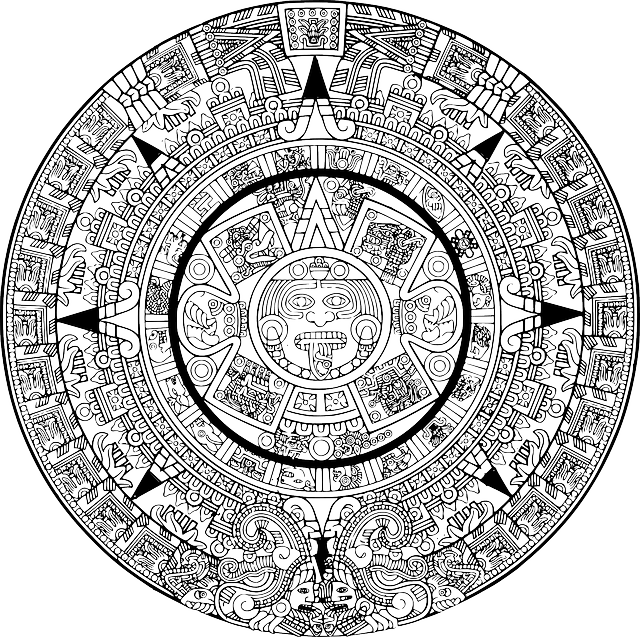
Other uses by the Aztecs
- Used to treat various ailments including liver disorder, Diarrhea & dysentery (Dissolved in water together with ground up bones of their ancestors exhumed from the mountains.
- Mixed with chilli peppers, it was considered effective against certain gastro-intestinal disorders
- With achiote, it helped with fever & abnormal “expectations”
- It was not recommended for illnesses of the throat or the cough, or for spots on the neck, legs or feet
- Cocoa butter – used to heal wounds & scratches, swelling & tumors
Cosmetic applications – it was customary to smear on their faces mixed with achiote to look good & protect against the sun, in addition to that, it was also used for polishing metals, greasing spears & burns.
- NOTE – It was only the Aztec nobility & those who had distinguished themselves at war who had the right to drink cocoa.
- Woman could only drink on special occasions
- The rest were only permitted to drink during certain ceremonies & the penalty was death if they dare to drink without a licence
- It was Known as yollotieztli – which means the price of blood & heart
- Even the nobles had to fight hard to win access to the commodity
The Spanish conquest
- 1517 – Spanish explorer Hernan Cortez lands on the coast of Veracruz, by this time the Aztec civilization had become advanced, ruled by Montezuma ll.
- Cacao was prominent in various forms as a beverage, medicine & money and was kept in the north of the country in warehouses owned by Montezuma ll
- To use as currency, the beans were washed and left to dry in the sun, once hardened they were immensely invaluable.
- The value of cacao beans is believed to have encouraged the first form of counterfeiting
- Probably the most crucial moment in the history cacao occurred in Montezuma ll’s court during the years of the Spanish conquest in 1520 & the height of the Aztec Civilization
- The emperor greeted Cortez with a golden goblet of a dark, frothy brew called xoco-atl. The Spanish learned that the commodity was worshiped as an aphrodisiac & was more valuable than gold,
- He also learned from his Aztec mistress lady Marina about the legend of Quetzal coatl (A fair skinned bearded god expected to return after years in exile to save his people)
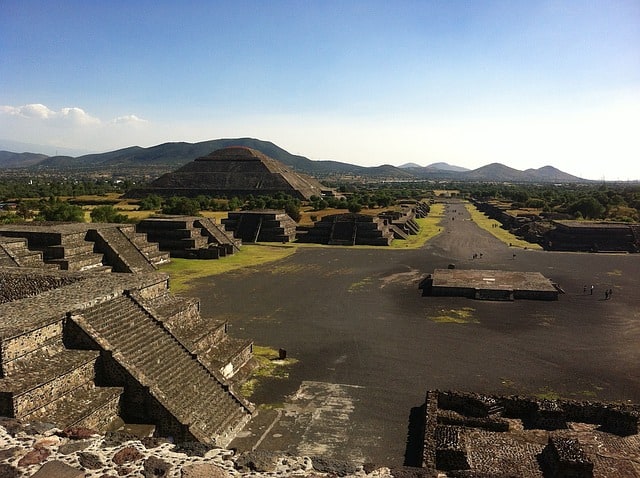
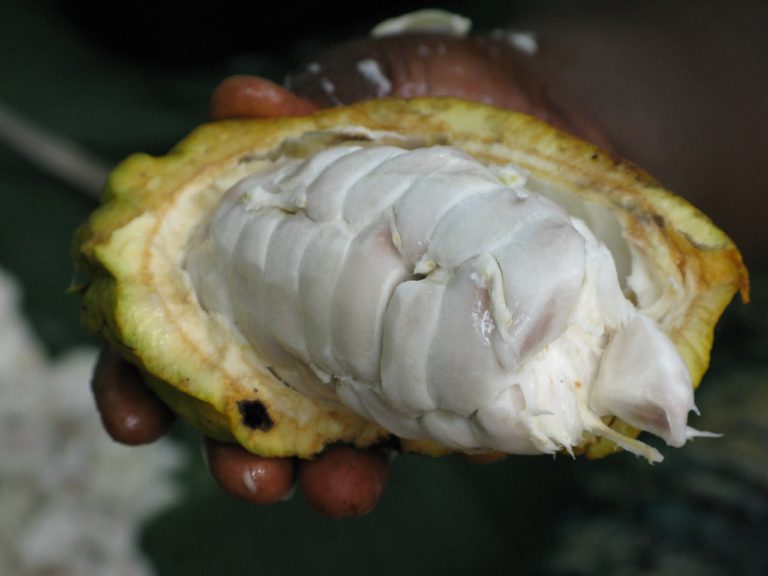
The conquer of Tenochtitlan
- Cortez landed on the coast of Tabasco with 11 ships & 700 men, greeted by Montezuma’s men. Amazed by not only the horse & carriage for transport but by cannon fire, they were convinced that Cortez was the god Quetzal coatl, whom the Aztecs believe would come to save them, so says the legend.
- Using that to their advantage they made their way to the Capital Tenochtitlan. A war emerged and the Spanish managed to place the emperor under “house arrest” and used him to gain control of the Aztec empire
- After a peace agreement, Montezuma ll was released and died weeks later
- Prior to his death, he asked Cortez to raise his sons and daughters
- Spanish took the Capital – this marked the near end of the Aztec civilization
- They import African slaves to work on cocoa plantations – this marked the beginning of the slave trade & interbreeding of the central and south Americans
- Remaining Aztec civilizations rebuilt forts on the ruins & named it Mexico city
The types of Cacao
- Criollo – Meaning “Native”
- Origin – Central America
- Makes up 5% of world’s production
- Finest aromatic bean, very expensive
- Rarely used on its own because of scarcity
- Mexico – Tabasco & Belize
- Jamaica, Ceylon, Madagascar
- Forastero – Meaning “Foreigner”
- Origin – Amazon Basin
- 80% of world’s production
- Found in most cacao producing regions
- Trinitario – Hybrid of the other 2 as a result of the near destruction of the Criollo Plantations by either disease or hurricane known as the blast of 1727
- 10 – 15% of world’s cocoa production
